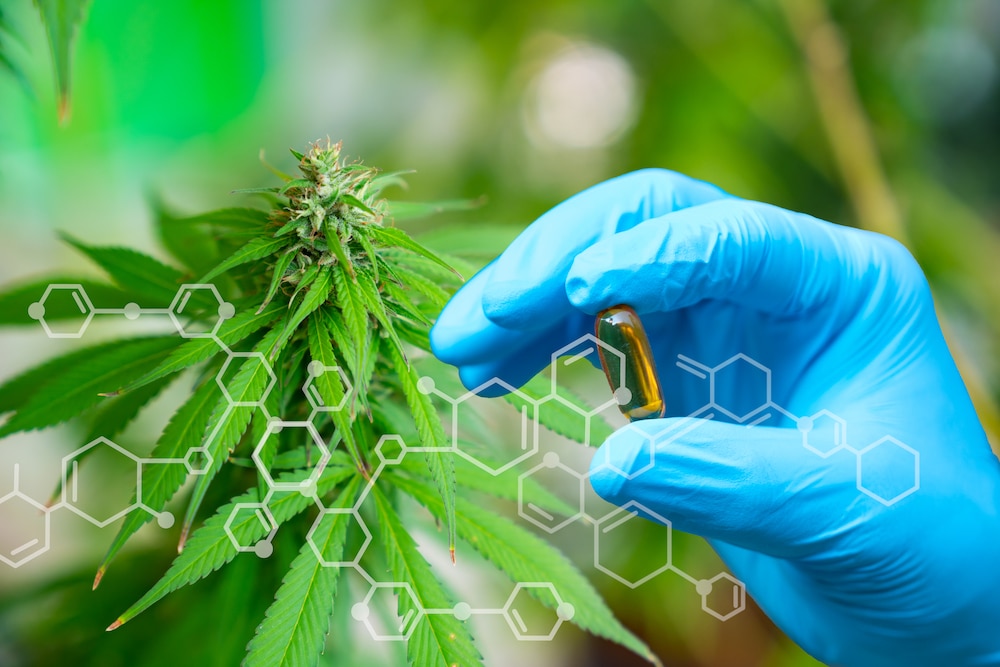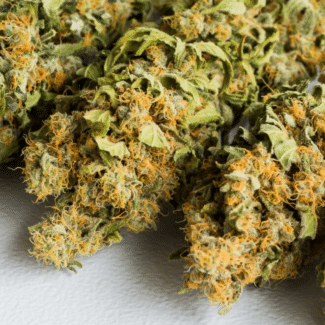Cannabinoid Differences and What It Means for Insurance Policies
Understanding the differences between cannabinoids is crucial for navigating the evolving cannabis industry and its insurance implications. As new cannabinoids emerge, their legal status and effects can vary significantly, impacting coverage and risk assessments. This article explores the key distinctions among cannabinoids, their interactions with the body, and the challenges faced by insurers in this complex landscape.

There is often confusion within the cannabis industry between the different types of cannabinoids. Plus, some people interchange terms casually or use jargon with varying meanings. But the cannabis industry isn’t what it used to be. Instead, it’s amping up the sophistication level, making correct terminology and in-depth understanding more essential. Let’s learn about what separates cannabinoids from one another and how it impacts insurance policies.
What Are Cannabinoids?
According to the National Library of Medicine, cannabinoids are “any of a group of closely related compounds which include cannabinol and the active constituents of cannabis.” Given that we’ve identified at least 60-100 different cannabinoids, the grey areas between the different types of cannabinoids continue to expand.
Of the identified cannabinoids, four are of great interest:
- Delta-9 tetrahydrocannabinol (THC)
- Delta-8 tetrahydrocannabinol
- CBD (Cannabidiol)
- CBN (Cannabinol)
Even though these cannabinoids are similar, stark differences leave some federally legal while others are not.
How Do Cannabinoids Differ?
As the cannabis industry grows, so does the importance of understanding the differences between various cannabinoids. First, it is essential to know that “cannabinoids bind to receptors found throughout the brain and body.” Furthermore, research has determined that there are two receptors in the human body:
- CB-1
- CB-2
CB-1 is found in brain cells, while CB-2 is found throughout the body. Each cannabinoid binds to either CB-1, CB-2, or both receptors, producing contrasting effects.
It may be easier to think of it this way, you have a key and a lock, the key being the cannabinoids and the lock being the receptors. The key opens the lock, and in this case, the cannabinoids unlock the receptors generating a euphoric state.
Knowing the Effects
Delta-9 (THC) binds to CB-1 receptors, which can bring about psychoactive effects and initiate a state of relaxation. Delta-8 binds with CB-1 and CB-2 receptors simultaneously; users experience body relaxation while undergoing psychoactive effects. Similar to Delta-8, CBN also binds to CB-1 and CB-2 receptors.
However, CBN does not produce psychoactive effects due to its low potency of THC. On the other hand, CBD does not have intoxicating effects due to its process of binding only with the CB-2 receptors. Contrary to the psychoactive impacts, CBD only produces physical results.
Legal Considerations
From a legal standpoint, CBD and CBN are considered legal in most states as long as it comes from hemp, as defined by the 2018 Farm Bill. In other words, they’re legal if they are derived from hemp with less than a .3% concentration of THC.
The legality of Delta-8 is a bit less clear. While it’s also typically produced from legal hemp, there has been an ongoing debate about whether these products are legal. As of now, consumers can access Delta-8 products in most places they purchase CBD products.
However, despite being legal in some states, Delta-9 and other products derived from marijuana rather than hemp are not permitted under the current federal framework.
What Are the Insurance Grey Areas?
It’s often hard to distinguish the different characteristics between each cannabinoid, resulting in some grey areas across insurance policies.
It’s often hard to distinguish the different characteristics of each cannabinoid, resulting in some grey areas across insurance policies.
John Deneen of AmWins helps us understand why insuring cannabinoids is complicated. He says, “Many carrier forms will define ‘hemp-based’ on total THC content, not distinguishing between delta-9 and other variants. Delta-8 products may be legal yet still excluded on the coverage form; even when a policy form extends coverage to delta-8 products, they may fall outside of underwriting appetites.”
Given this information, insurers may need to cover products as marijuana instead of hemp. Therefore, all parties must understand the variations to use forms that cover the insured’s product. The legal field has favored CBD and other minor cannabinoids in the past. Naturally, CBD typically receives the most attention in this field, with CBN quickly growing in popularity.
There is a bit more wiggle room for cannabinoids regarding the legal landscape, but some issues still surface. For example, the FDA highlights the importance of policy language. The FDA site says, “Policies written with designated products limitation wording, defining an insured’s products as ‘CBD products’ can unintentionally exclude other cannabinoid products that do not contain CBD.”
Lastly, it’s crucial to understand the differences in cannabinoids and how to cover them within each policy.
Protecting your cannabis company can seem confusing; however, we’re a full-service insurance brokerage working with carriers worldwide to offer you the best coverage possible. We’re here to help! Please reach out to us today by emailing [email protected] or calling 646-854-1093 to learn more about your cannabis insurance options.



